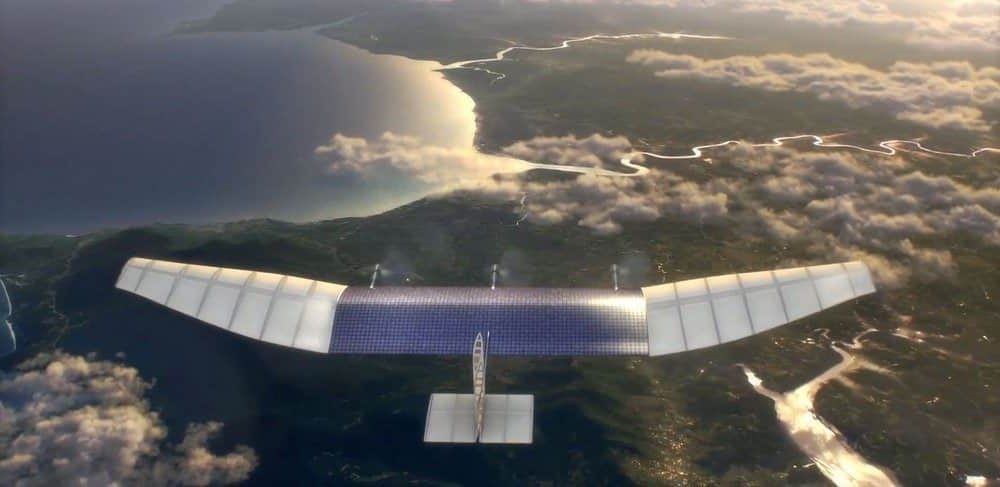TOPIC: Science and Technology- developments and their applications Aquila and effects in everyday life Achievements of Indians in science & technology; indigenization of technology and developing new technology; Awareness in the fields of IT, Space, Computers, robotics, nano-technology, bio-technology and issues relating to intellectual property rights.
Aquila
- Facebook’s solar powered-plane project, Aquila, has successfully completed its test flight.
- It aims to beam down internet via lasers from the skies.
- The larger goal of Facebook is to have these planes fly at 60,000 feet, communicate with each other via lasers, and stay airborne for months together as they beam down internet.
- Aquila is part of Facebook’s ambitious internet.org project, which aims to bring internet connectivity across the world.
- It is light in weight (less than 453 Kg) so that it can remain airborne for a longer time.
- It flies very slowly as it has to conserve energy.
- Facebook is not the only company trying to beam internet from the skies.
Project Loon
- Google’s Project Loon floats balloons (a network of high altitude balloons) which will surf the stratosphere and beam down internet in remote areas.
- It uses helium-filled balloons to provide data connectivity.
- They will float at a height of about 20 Km above the Earth’s surface (above the zone where airplanes fly).
- The balloons will inflate to the size of a small aircraft.
- They come attached with antennae, solar panels and a host of electronics that will allow their movement to be controlled on the ground by Google.
- These balloons can be positioned to areas (using a software) where there is no coverage or network capacity is less making them very efficient during natural disasters.
- As per Google, each balloon can provide connectivity to a ground area of about 40 Km in diameter using a wireless communications technology called LTE (Long Term Evolution) or 4G.
- To use LTE or 4G, Project Loon partners with telecom companies to share cellular spectrum so that people will be able to access the Internet everywhere directly from their phones and other LTE-enabled devices
White Spaces Project (TVWS -TV White Space Technology)
- Microsoft’s White Spaces Project will use unused frequencies allocated to broadcasting services to provide internet in particular regions of the country.
- The company will use its ‘White-Fi’ technology to provide last mile connectivity.
- The 200-600 MHz frequency is used for TV channels to carry data.
- In India, 93 percent of this spectrum is not utilized.
- The unused spectrum spaces are called White Spaces.
- White-Fi will use this vacant spectrum to provide connectivity.
Also Read:-Mission Good Governance in Jammu Kashmir











